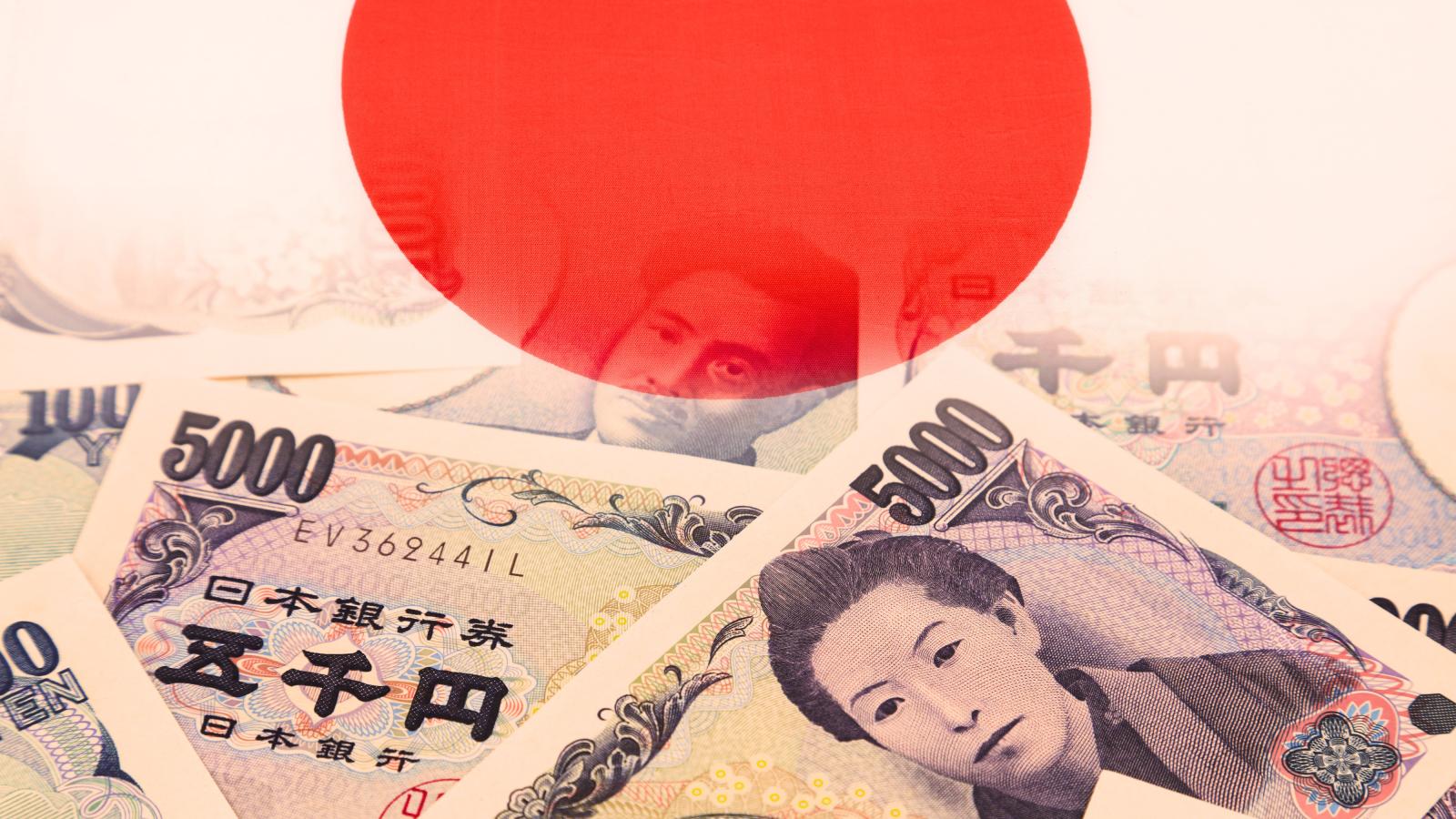
The ECGI blog is kindly supported by

Designing a New Framework to Regulate Hostile Takeovers in a Changing Japan
Could Japan finally be at a turning point in its decade-long effort at reform in order to achieve sustained economic growth? One measure of progress in the attempted transformation from the old “fortress Japan” to a new “market-oriented Japan” is the treatment of hostile takeovers. Japan's regulatory system for hostile takeovers remains incomplete, complicated and uncertain. As the country seeks to reignite economic growth and attract foreign investment, there is new urgency to reform this system. In our recent ECGI Working Paper – Designing a New Framework to Regulate Hostile Takeovers in a Changing Japan – we examine Japan's current takeover regime, analyze its shortcomings, and propose a revised framework that could better serve Japan's evolving needs.
Japan's existing takeover regulation is an unwieldy mix of US and UK elements, reflecting difficulties in balancing the conflicting goals of market efficiency and investor protection. Historically, the regime featured relatively weak regulation of board defenses by courts, which generally favored management autonomy over shareholder monitoring. However, significant changes in Japan's corporate governance landscape and operating environment over the past decade have set the stage for potential reforms.
These changes include the gradual unwinding of cross-shareholdings, increased influence of institutional investors and shareholder activists, ongoing corporate governance reforms, and evolving attitudes toward hostile acquisitions. Recent court decisions on hostile takeovers and new policy initiatives by government agencies have indicated a shift in traditional attitudes and provided some new rules and processes. However, they have also highlighted continuing weaknesses in the current regulatory regime.
In reconsidering the analytical framework for hostile takeover regulation, we utilize Australia as a new point of reference, in addition to the traditional US and UK models. The Australian system formally separates the rulemaking and enforcement functions and has a takeover panel with substantially limited authority compared to the UK panel. Incorporating this model into our analysis, we discern three basic roles in a framework for takeover regulation: (1) a Rule-maker, who decides the legal principles/rules for making decisions on bids and takeover defenses, (2) a Bid Decision-maker, who makes the initial decision for the target company about the merits of a hostile takeover bid, and (3) an Umpire, who can apply the relevant principles and rules to review this decision from a broader social perspective, and also act to create and spread standards of conduct and new commercial norms relating to best business practices.
Applying this revised framework to Japan, we find that although all relevant institutional players have improved their capabilities, the strength of shareholders has increased substantially more than that of courts and independent directors. Thus, the main weakness in the Japanese system is having the courts as the primary Umpire. Our main recommendation is that Japan consider an Australian-style, limited takeover panel for its Umpire, together with a separate Rule-maker.
This proposed panel would apply general principles/rules formulated by a separate Rule-maker to hostile bids and also act to create and spread commercial norms. It would represent a more appropriate Umpire than courts in a revised regulatory scheme that more clearly emphasized commercial norms over legal fiduciary duties. More importantly, such a panel could achieve credibility through a conflict-free, expert, independent, and predictable process for resolving takeover disputes.
We acknowledge that implementing such a proposal faces significant obstacles. These include the difficulty of selecting conflict-free experts to serve on the panel who would be acceptable to all relevant constituencies, and the uncertain relationship between the new panel and the existing court system. To address these challenges, we suggest starting with a "voluntary" takeover panel without exclusive jurisdiction, which would allow time for the panel to develop experience and credibility. Our other recommendations include creating a permanent interagency council to adopt, administer and periodically review METI's 2023 Guidelines as the principles for hostile takeovers (Rule-maker) and relying on shareholder voting for the Bid Decision-maker, but with boards retaining the ability to initiate defensive measures approved by shareholders.
In conclusion, Japan's pivot to sustained economic growth requires a regulatory framework for takeovers that is commensurate with its current economic importance and aspirations in global business and capital markets. By separating the roles of Rule-maker and Umpire and introducing the Australian takeover regime as a point of reference, we hope our analysis provides greater analytical flexibility and aids in developing a takeover regime that better fits Japan's circumstances and needs. While challenges remain, the proposed reforms could significantly enhance the speed, fairness, and consistency of Japan's takeover regulation, ultimately promoting investment and improving corporate performance and governance.
_______________
By Bruce E. Aronson (NYU School of Law) & Manabu Matsunaka (Nagoya University Graduate School of Law)
The ECGI does not, consistent with its constitutional purpose, have a view or opinion. If you wish to respond to this article, you can submit a blog article or 'letter to the editor' by clicking here.


